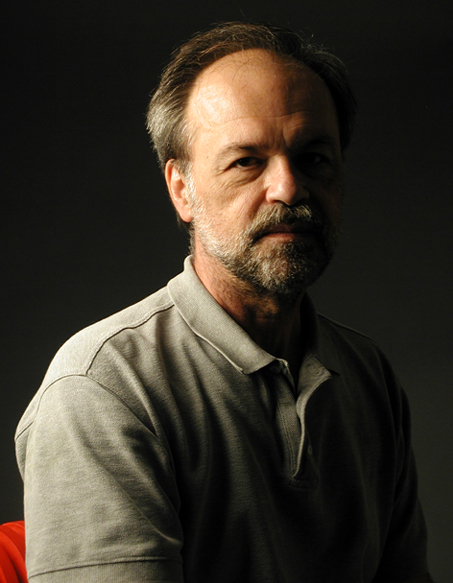
|
||
|
||
|
||
|
||
|
||
|
||

| In 1993... | |
I sailed the Atlantic from the Virgin Islands to Portugal with a friend on a small boat. During that trip I wrote:
This voyage remains one of the single most important influence on my work. Since my voyage I have devoted most of my creative efforts to experimental animations and making digital sculptures. |
|
Here is a sample of the animations resulting from my trip. This was started in 3D Studio and finished in Studio Max 2.0 |
|
| For one month of 1998 and 2000... | |
in 1998 and 2000 I
was asked to be a visiting artist for the city of Kawachinagano,
Japan. I used these trips to reestablish my contact with the world
of real sculpture. My first visit resulted in two medium-sized constructions
made of Japanese cedar and cyprus. The second visit resulted in
four small works made of charcoal. During my second trip I used
a laptop to record my day to day experience on the web. More about
these trips can be seen at working in Japan:1998 and 2000 . |
|
| Since 1998... | |
I
have been working on virtual sculptures using AutoCAD and Studio
Max. Most of my digital work is accomplished using AutoCAD or Studio
Max and much of what I make relies on proprietary routines written
in AutoLisp or Maxscript. Both of these "languages" are
easy to learn and powerful when combined with their hosting software.
|
|
| AutoCAD work... | |
My adventures with AutoCAD date back to version 1.0. Since its inception I have used AutoLisp to expand AutoCAD's capabilities. I wrote a routine to flatten and plot any polygonal solid generated by Studio Max. My routine numbers the parts, draws tabs, and plots out the parts ready for construction. In anticipation of cutting out a sheet of parts with a laser, it distinguishes fold lines from exterior and interior edges and leaves "ticks" on exterior edges so the parts remain with the sheet until they are needed. Currently I am working on a lisp routine with adds structure to any editable mesh generated in Studio Max. The effect is very similar to dropping an AutoCAD block on every polygon of the surface- except the block is scaled to the polygon and the volume of the block is affected by the normals of each of the polygon's vertices. |
|
| Studio Max work... | |
I started scripting with StudioMax 2.0. I have written several scripts which help me to create special objects quickly. Stilts draws supports from an object to the ground plane. It includes pads and struts. I am currently working on several scripts to generate woven, knotted and matted surfaces from StudioMax meshes.
|
|





